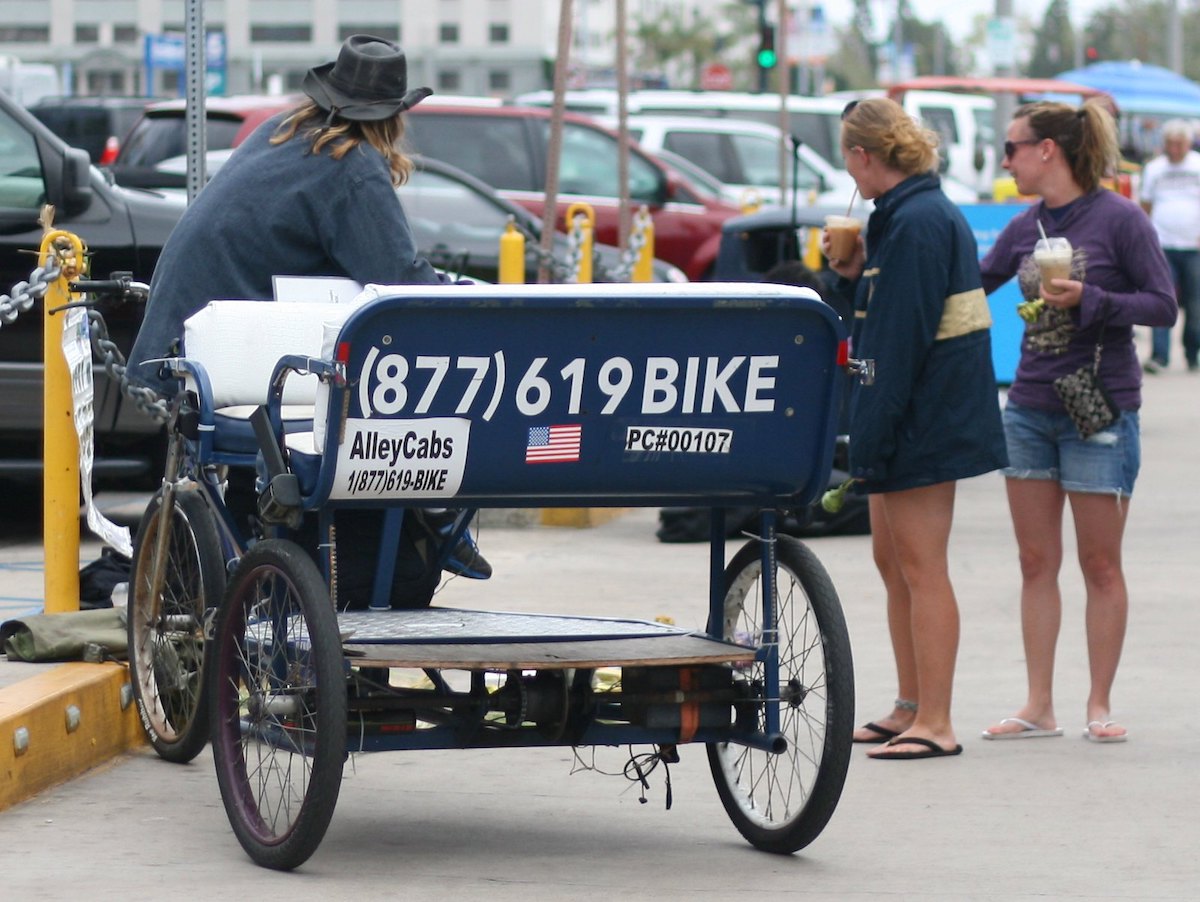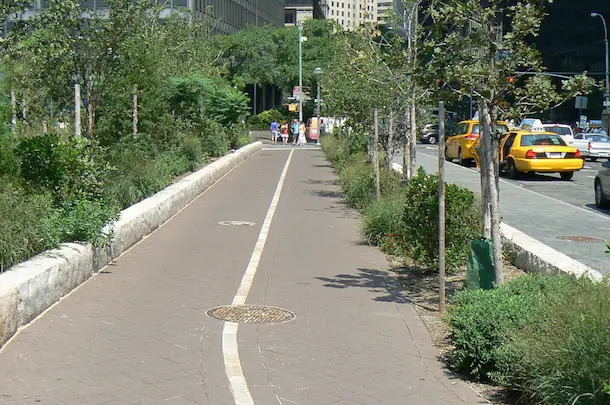The organic form of the Soumaya Museum can be considered an advance in architecture because the legislation for architecture in Mexico is kind of restrictive. Of course, this building was made by the richest man in the country: Carlos Slim, also known as the 3rd richest person in the world. The architect is Fernando Romero who also has projects in Korea, Portugal, China and Mexico. The museum cost $34 million and opened the last week of March of 2011 for the 25th anniversary of the Carlos Slim Foundation. In three weeks it received around 70,000 visitors.
The museum’s collection includes 66,000 works of art divided across 5 levels inside the building, most of which (4 of the 5 levels, in fact) is the personal collection of entrepreneur Slim. The halls include: viceregal and second Mexican empire art; Mexican portraits of XIX century and applied arts; European and novo Hispanic masters; European and Mexican landscapes of XIX century and Impressionism and new avant-garde; western Mesoamerican cultures and Mexican art of the XX century; and the sculpture room with original master pieces of Auguste Rodin and Salvador Dalí. This last one holds the second most important collection of Rodin’s work.
However, the Soumaya Museum’s concept is most interesting. Next to the museum, Slim is developing Plaza Carso, an urban real estate project which the museum will sit within. This is a development of 50,000 square meters, which, at present, contains three of ten planned City+towers and 9,000 parking lots. Initial investment has reached $800 million.
The City+towers are a concept that brings together a mixture of activities in the same building. A tower contains what the developers call ‘amenities’, but it is practically a vertical zoning concept. For example, they include: apartments, gym, room service, spa, swimming pool, laundry, a lounge area, a kinder garden, beauty salon and a lecture room. And within the wider development you can also find a shopping center with a cinema, offices, a corporate building for telecom company Telcel, a theatre and, of course, the Soumaya Museum.
This way of ‘making a city’ is the modern version of a gated community and segregation. As Mike Davis, in his article Fortress L.A., points out: segregation is an indirect agreement between the high class and the planning norms – explicit or not. Of course, his case of study is Los Angeles where the divisions are different, but his point that gated communities are zones with a very low grade of permeability remains true.
It is important to note that socio-spatial segregation is the constitution of the territory based on the common feature of the society that occupied it. Also, that segregation can be positive when it is not related to urban problems, and negative when it is related to specific social problems. But let’s go back to the Soumaya Museum, where I will place a paradox. Home to the second most important collection of Rodin’s work, with free entrance, facilities and services for different groups, can the Soumaya Museum be considered a way to balance segregation, because everyone can access to it?


